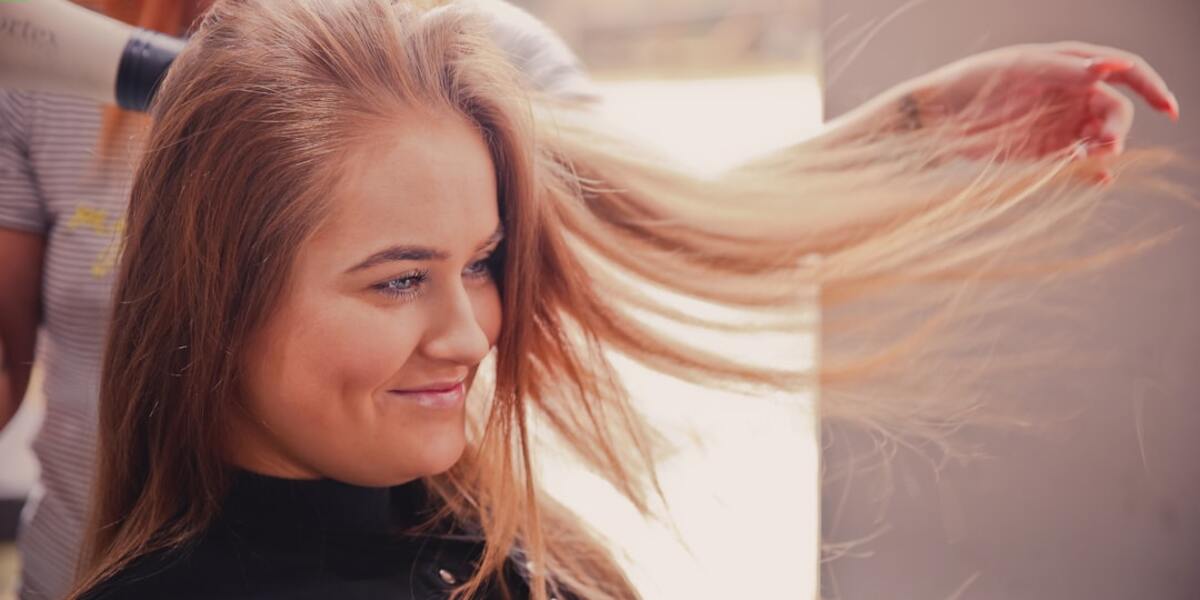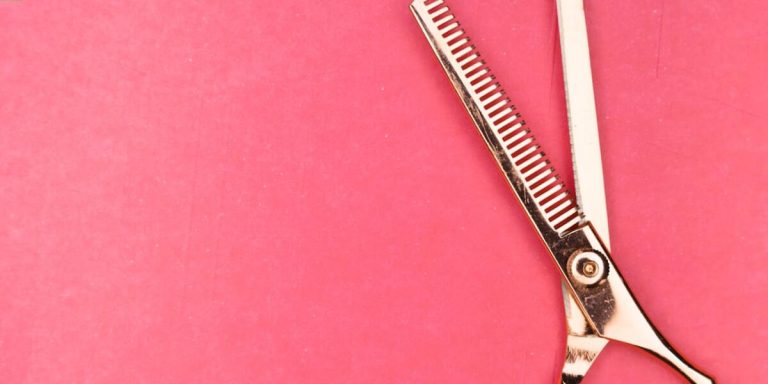Hair Loss and Laser Treatment: Exploring the New-Age Solution
Hair loss can be a distressing phenomenon, impacting an individual’s self-esteem and confidence. In the quest to combat this issue, many turn towards various solutions available in the market. Gaining significant attention recently is “hair loss and laser treatment”, a new-age non-invasive method that promises positive outcomes without side effects.
Exploring hair loss treatments further opens up a plethora of options ranging from conventional medications to surgical processes. However, with advancements in technology and medical science, laser therapy has emerged as effective means for treating hair fall issues. This article will delve into details about how it works its efficacy rate and potential downsides one must consider before opting for it.
Did you know?
Did you know? The FDA first approved low-level laser therapy for treating hair loss in 2007, and it’s been gaining traction ever since due to its non-invasive nature and promising results.
Understanding Hair Loss: Causes and Symptoms
Hair loss, an issue faced by both men and women around the globe, is not only a cause for cosmetic concern but often heralds underlying health conditions. In today’s fast-paced world of 2023 where stress levels are at an all-time high, hair thinning or baldness seems to be on the rise striking fear in hearts worrying about their crowning glory. Understanding what causes hair loss and recognizing its symptoms can indeed pave the way toward finding effective treatment options.
Recognizing the Signs of Thinning and Balding
Recognizing the signs of thinning and balding is crucial in finding an effective solution for hair loss. It’s important to know that hair shedding is a normal part of our daily life, with people typically losing 50 – 100 strands each day. However, when it exceeds this normal range or if you notice visible patches on your scalp, then it’s time to be concerned.
Men often experience baldness more frequently than women, but anyone can face significant hair thinning regardless of age. Look out for specific symptoms including:
1. Gradual Thinning on Top: This type usually affects both men and women as they age.
2. Circular Patches: Bald spots may appear smooth and coin-sized which could potentially extend across the entire scalp over time.
3. Sudden Loosening Hair: A physical or emotional shock might cause handfuls of hairs loose during washing or even combing.
4.Gender Specific Patterns : Male pattern baldness will begin from forehead backwards while Female pattern begins by widening their middle hair part first.
Knowledge regarding these indicators aids early detection thereby presenting better chances at delaying further progression using advanced technology treatments like laser therapy.
Common Triggers for Hair Shedding and Scalp Health
Hair shedding and scalp health are interconnected facets that play an integral role in hair loss. There is a multitude of triggers contributing to the phenomenon, key among them being diet, stress levels, hormonal discrepancies and genetics.
Let’s delve into these common culprits behind your thinning tresses:
1. Poor Nutrition: A balanced diet rich in vital nutrients like protein, iron and vitamins can promote healthy hair growth. Conversely, nutrient deficiencies could inhibit this process leading to excessive hair fall.
2. High Stress Levels: Prolonged periods of intense anxiety or distress can effectively disrupt your body’s normal functioning resulting in temporary hair shed known as Telogen Effluvium.
3.Hormonal Imbalance: Conditions such as Polycystic Ovary Syndrome (PCOS), menopause or thyroid abnormalities often lead to imbalances in hormone production affecting overall pattern of hair growth on the scalp.
4.Genetics : Androgenetic alopecia refers to genetically triggered male/female pattern baldness causing gradual miniaturization of follicles eventually leading up-to permanent cessation of new strand generation.
Innovations in Hair Regrowth: Laser Treatment Efficacy
Gone are the days when losing hair was an irreversible cause of concern. Welcome to 2023, where innovations in medical science have led us towards efficacious treatments – one such being laser treatment for hair loss. This triadic approach involves using low-level lasers or light-emitting diodes (LEDs) on our scalp, producing a phenomenon known as photobiomodulation which stimulates cellular activity and promotes hair growth.
Researchers have conducted numerous trials for years to test the efficacy of this novel technique, and their results have finally borne fruit. A scientific consensus indicates that laser therapy can indeed enhance healthy follicular function, leading to stronger and fuller hair strands over time. The positive aspects of this cutting-edge technology lie in its effectiveness and non-invasive nature, which avoids any surgical side-effects, making it a popular choice for those seeking solutions for baldness.
Regular use and patience are crucial for the effectiveness of these solutions—as they say, Rome wasn’t built in a day! These innovative methods pave new ways to combat male-pattern baldness and female alopecia, restoring self-esteem and reducing societal pressure on appearance. Laser treatment does more than regrow hair; it’s revolutionizing our perceptions of beauty standards.
The Science Behind Laser Therapy for Hair Restoration
Laser therapy, a scientific solution for hair restoration, harnesses the power of light to stimulate growth and repair. It’s one method that has gained traction in recent years due to its non-invasive nature and promising results.
At its most basic level, low-level laser therapy (LLLT) involves the use of specific wavelengths of light with high purity applied directly to a problem area. In our case: balding or thinning parts on the scalp.
The mechanism is pretty straightforward – it all boils down to bio-stimulation! Specific wavelengths are said to enhance cellular activity within your follicles thus promoting an environment conducive for healthier hair regrowth.
Light energy from lasers gets absorbed by weak cells which then stimulates cell metabolism rate causing more nutrients uptake leading them back into their healthy state where they can function optimally again – producing strong strands instead flimsy ones prone breaking off easily because lack nourishment fueling growth phase properly between cycles rest period before next cycle begins anew i.e., promotes continuous effort combating against inevitable aging effect every single time without fail!
In 2023, improvements have further driven up efficacy rates among users worldwide reaffirming status as potent tool battling persistent issues like receding lines patches throughout areas previously lush locks once resided peacefully undisturbed.
Comparing At-Home Laser Devices Versus Professional Treatments
In the realm of hair loss treatments, laser technology has emerged as a promising solution. When it comes to choosing between at-home laser devices and professional treatments, several factors should be taken into consideration.
Firstly, let’s delve into the specifics of at-home laser devices. These gadgets have gained popularity for their convenience; you can skip clinic visits and forget about scheduling appointments. Simply turn on your device to start the treatment! In 2023, several companies introduced FDA-approved low-level light therapy (LLLT) tools designed for home use with these key features:
- Emit specific wavelengths of light onto the scalp
- Stimulate follicle growth by increasing blood flow
Despite sounding very convenient, there’s always this question: do they deliver results? Well, while many users report positive outcomes such as halted hair loss or even regrowth after consistent usage over months – note ‘consistent’ being caveated here – others find minimal changes despite sticking with their routine diligently.
Meanwhile, professional treatment options can bring about more potent effects using high-quality lasers administered under expert supervision. Clinics also employ versatile treatment methods combining oral medication or topical applications alongside LLLT enhancing overall results significantly.
Professional services provide comprehensive care – examining the underlying causes first hand before suggesting tailor-made solutions based on individual requirements along with systematic follow-ups tracking progress meticulously. The downside here lies primarily in terms of costliness compared against self-care products plus time commitment given multiple sessions spread throughout weeks usually required until definitive improvements become visible.
Integrating Laser Solutions with Traditional Remedies
In the realm of hair loss treatments, combining traditional remedies with modern laser solutions is proving to yield significant results. By implementing an integrated approach involving these two aspects, individuals battling hair loss are witnessing a transformation in their condition. Relying solely on natural remedies was common until about a decade ago but as technology advanced and unfolded new opportunities for treatment options, it has largely opened up alternate routes.
Laser therapy for hair restoration operates at specific light wavelengths that help stimulate follicle growth while reducing inflammation around the area affected by baldness or thinning. The recent advancements and research studies from 2023 point out how effective this non-invasive procedure can be when combined with time-tested home remedy techniques such as using essential oils or leading a balanced diet plan.
- Potentially speeds up the process of hair regrowth
- Allows for more consistent application over larger areas than most manual methods
- Complements high-tech alternatives with tried-and-true topical applications like minoxidil and saw palmetto extracts
- Enhances efficacy when well-integrated with technological procedures such as Low-Level Light Therapy (LLLT)
- Opens up exciting advances without discarding the benefits of conventional wisdom
How to Combine Low-Level Laser Therapy (LLLT) With Topical Treatments
Joining forces between low-level laser therapy (LLLT) and topical treatments can revolutionize your approach to hair loss treatment. This combination packs a powerful punch, with the promise of improved results compared to standalone methods.
Firstly, let’s dissect LLLT as it stands in 2023. Essentially, this non-invasive technique employs cool lasers that stimulate hair follicles without causing any discomfort or side effects. It predominantly works by energizing dormant cells within these follicles – sparking increased growth and volume while mitigating further decline.
But how does one integrate this scientific solution with traditional remedies?
One efficient method is coupling LLLT sessions with application of Minoxidil – a popular over-the-counter remedy proven for its efficacy in enhancing hair thickness and density overtime. The key here lies in timing: Apply Minoxidil post-therapy when scalp pores are wide open thus allowing better absorption making it more effective against thinning strands.
Another fantastic partner for LLLT could be Saw Palmetto extract – another significant player on the natural battlefield against baldness due to DHT-blocking properties which inhibit hormones responsible for inducing hair fall; Using topically before starting an LLLT session helps prime the scalp effectively.
Moreover adopting essential oils like lavender oil known have not only shown significant increases in dermal thickness but also promote soothing sensation thereby reducing stress-induced alopecia conditions serves dual purpose: Boosting overall therapy effectiveness calming stressed scalps pre-session primed maximum benefit from light treatment..
Holistic Approaches to Enhancing Laser Treatment Results
In recent years, the application of laser technology in hair loss treatments has become increasingly popular. Its non-invasive nature and promising results have made it a go-to solution for many suffering from alopecia or thinning hairline issues. However, to maximize its effectiveness and enhance your treatment outcomes better, consider adopting a holistic approach that integrates lasers with traditional remedies.
Firstly, maintaining proper nutrition is crucial as our diet can greatly impact our overall scalp health and follicle vitality. Incorporating foods rich in vitamins B7 (biotin), A, E along with Omega-3 fatty acids can lend strength to your roots while boosting new growth.
Similarly staying hydrated keeps both you and your tresses happy.
Drinking at least eight glasses of water daily ensures optimal cell function which contributes towards healthier strands too.
Furthermore engaging regularly exercising enhances blood circulation across all major body areas including the scalp.This increase inf oxygen supply potentially leads ti faster recovery between individual sessions apart from encouraging rapid regrowth .
Conclusion
In the voyage of discovering hair loss solutions, the arrival at ‘laser treatment’ marks a promising destination. Harnessing high-tech advantages and scientific precision, this innovative method is steadily scoring points in combating hair loss issues. Nevertheless, as with any new-age solution, one must evaluate its suitability based on individual conditions and preferences.
The fascinating field of ‘hair loss and laser treatment’ stretches far beyond what’s captured here. We invite you to embark further into our website where an ocean of insightful content awaits you for exploring more about ‘Hair Loss Treatments’. Delve deeper into unparalleled knowledge that will help guide your path towards finding the most effective solution suitable for you!







